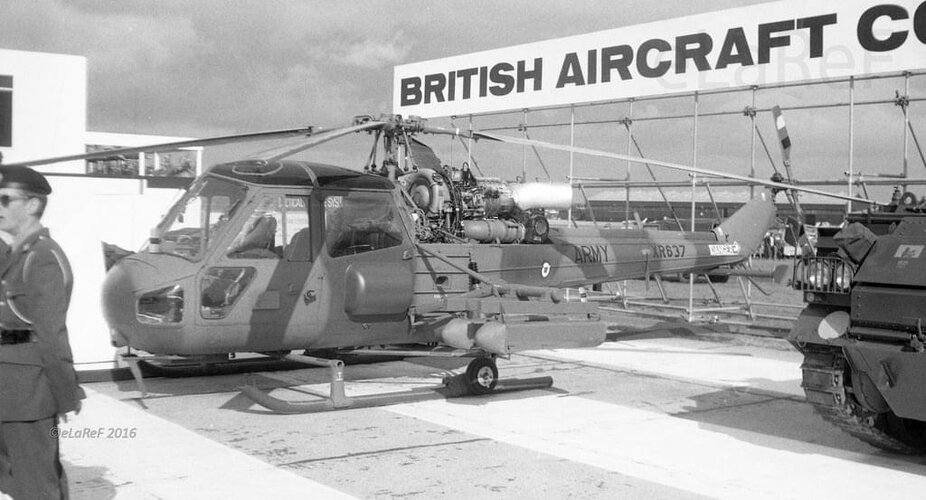- Joined
- 22 April 2012
- Messages
- 2,259
- Reaction score
- 2,281
I have come across a couple of references to an infantry version of Swingfire that seems to have not been Beeswing (regular Swingfire mounted in a rack on a Land rover or trailer). Kenneth Macksey makes reference to it in 'The Tanks; The History of the Royal Tank Regiment, 1945-1975' in which he describes a
John Forbat also mentions such a missile in 'The Secret World of Vickers Guided Weapons' stating that
Whilst I am on the topic of anti-tank missiles I stumbled across this document today which includes some interesting details about Orange William, its launcher and Malkara and its proposed launcher. Note the Centurion based launch vehicle.
http://www.warwheels.net/images/FV1620HornetArticleElliott.pdf
version called Inswing which was abandoned on the'man-portable'
'perfectly valid grounds that Inswing would be too heavy and bulky in its man-portable form.'
John Forbat also mentions such a missile in 'The Secret World of Vickers Guided Weapons' stating that
Forbat also qoutes an Army Council paper statingIn May, the MOA was already looking at an improved Vigilant to compensate for the cancellation of the 'medium-range Swingfire'
It thus seems fairly obvious that there was originally to be have been a man-portable version of Swingfire but that this was cancelled sometime in 1961/2. However it is unclear what adaptations the design would have had to fulfill the man portable role.'Vigilants potential successor Swingfire is not expected to be in service before 1966 and the infantry version may be later than...'
Whilst I am on the topic of anti-tank missiles I stumbled across this document today which includes some interesting details about Orange William, its launcher and Malkara and its proposed launcher. Note the Centurion based launch vehicle.
http://www.warwheels.net/images/FV1620HornetArticleElliott.pdf




